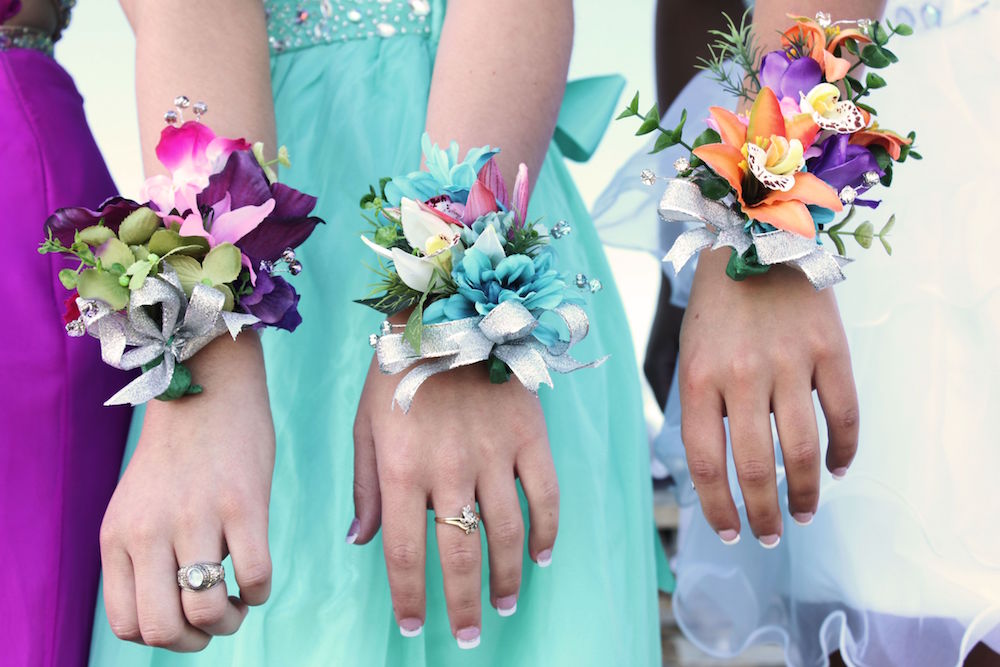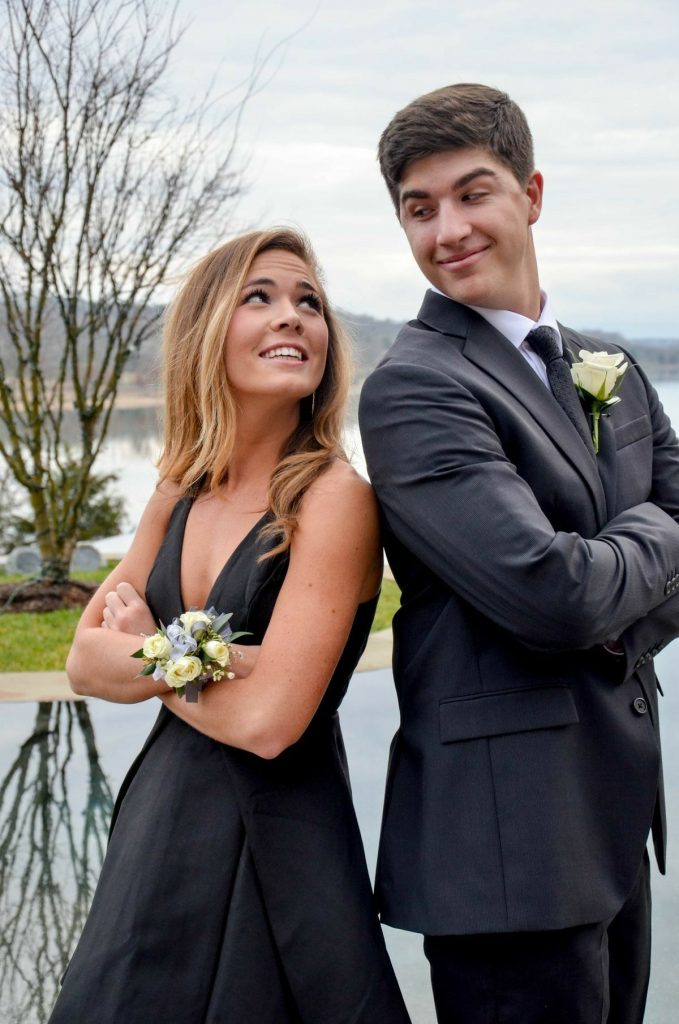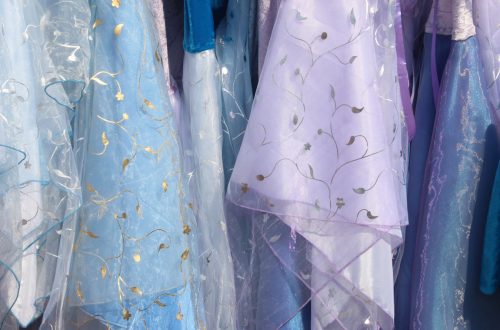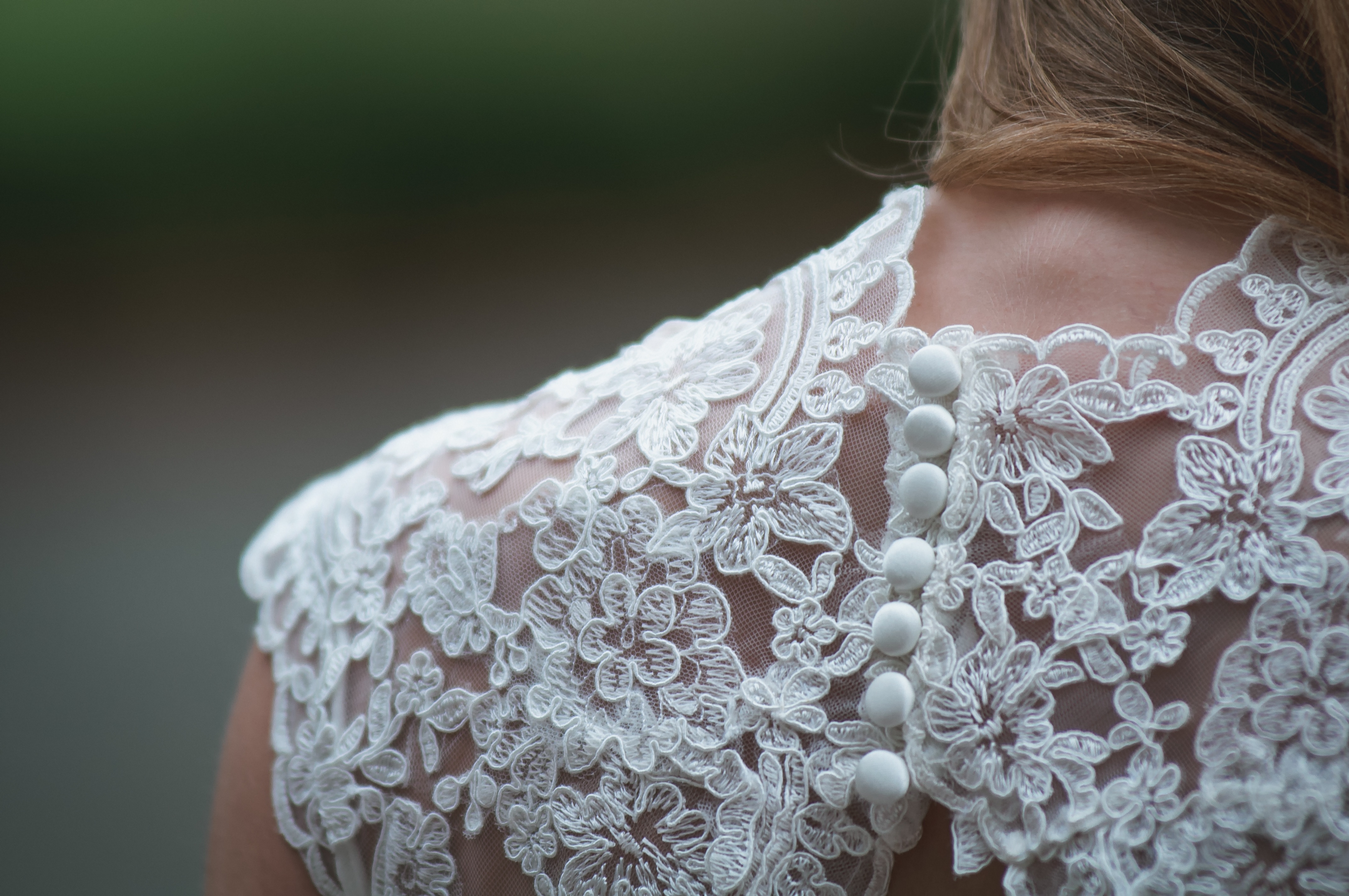
Undying Tradition – Corsages and Boutonnieres
As proms became more extravagant, elaborate, and full of leisure for the younger generation, their setting moved from the school campus to hotel ballrooms and country clubs. This often encouraged teens to achieve the best look by picking the most elegant gowns or sleekest suits as well as the most effective pampering or grooming methods. Apart from prom outfits, one of the most distinct elements that signify the sophistication of the major social event is the use of corsages and boutonnieres. Like in weddings or other formal events, these tiny bouquets of flowers are generally mandatory in prom and are traditionally worn by paired couples.
Historical Overview of Corsages and Boutonnieres
The idea of wearing flowers go as far as Ancient Greece, in which they were used at weddings to exude a blissful fragrance and to ward off evil spirits. In the past centuries, flowers may have been integrated into daily life to help prevent diseases as well but over time, they became special occasion pieces known as corsages and boutonnieres. The word corsage means “a bouquet of the bodice” in French and referred to the flowers that adorned the bodice of woman’s dress. Bouttonniere, which means buttonhole in French, referred to the flower placed in the buttonhole of man’s suit or tux.
Today, corsages and boutonnieres are exclusively worn at formal occasions. In prom or a school formal, custom made matching flowers are commonly given to a couple to not only enhance their looks but to signify their partnership. Corsages and bouttenaires now come in a variey of styles and are generally embellished with ribbons, glitters, and even pearls for further statement.
The Proper Way of Wearing Corsages and Boutonnieres
The corsage is typically worn around the woman’s wrist but alternatively; they may also be pinned on her dress, the hair, or even the purse. In some cases, a corsage may also come in a form of a nosegay, which is a slightly larger bouquet. Depending on where it is pinned, the size of the corsage may change. For men, the boutonniere is pinned on the lapel of their suit or tuxedo.
Traditionally, the male gives a corsage to the female as a gift while the female would provide the boutonnier and pin it on the male’s suit or jacket. As stated above, colours are typically chosen to coordinate with the couple’s outfit and unify their looks. As the flowers will be worn through the night, it is recommended to order them a week in advance so that they may be fresh on the pick up day.
As most modern proms focus on the glitz and glam, corsages and boutonnieres are not as heavily pondered upon as outfits. However, with their history that can be traced as far as back as the ancient times, these flowers are packed with symbolism that can fascinate anyone and are not just centrepieces that highlight one’s ensemble.
Written by: Ruchika Arora
Featured image source: https://www.pinterest.ca/pin/234539093069109365/





